Five Favorites
My five favorites at the $50 and under price point were easy for me to choose. I selected the Pilot Metropolitan (retail price $31.77), Lamy AL-Star (retail price $47.00), Kaweco Sport (retail price $28.00), Faber-Castell Hexo (retail price $44.00), and TWSBI Diamond Mini (retail price $50.00). Some of these pens have slightly fancier variations that cost a little more, but the differences in price are minimal. They are all affordable, reliable, and appealing pens that bring me joy.
The photo above features a Kaweco Skyline Sport in Fox Red, a Faber-Castell Hexo in Silver, a TWSBI Diamond Mini in Classic, the Lamy AL-Star in Turmaline, and the Pilot Metropolitan in Retro Pop Purple.
Pilot Metropolitan

The Pilot Metropolitan pens, also known as the "MR Collection," are sturdy and streamlined, with a brass barrel and ergonomic black plastic grip section designed to be slightly grippy so your fingers won't slip. As the name implies, they have a sophisticated and urbane look, with a sleek minimalism that's very versatile.
Customers who pick up a Metropolitan often comment on the nice weight (0.96 oz or 27 grams) and high-quality feel. The pens feature solid-feeling snap caps and contrasting silver-colored metal trim. The Metropolitan has a neutral and classic appearance that seems a little more serious than most other entry-level pens, but it's also available in bright colors and with playful patterns, making it appealing to a younger or more whimsical audience as well as a conservative one.
The MR Collection includes three different styles:
1) Minimalist designs that are completely solid colored with a matching shinier band (these include the plain black, plain gold, or plain silver) or have a band with a subtle pattern such as silver dots or gold zigzag. The plain black Metropolitan featured above is my own pen, which I've owned for five years. It was my first fountain pen, and it's still in great shape and writes wonderfully!
2) The "Retro Pop" collection, which features a coordinating band with an interesting pop art pattern on it. These are Gray Houndstooth, Green Marble, Orange Flower, Red Wave, Turquoise Dots, and Purple Ellipse (featured above with a calligraphy nib). I love the fun designs and nice colors in this line!
3) The "Animal" collection, which features a different animal print on each band: White Tiger (pictured above), Crocodile (black), Python (silver), Lizard (gold) and Leopard (violet). My favorite in the animal collection is the Tiger because that one has a pretty pearlescent finish that's different from the regular matte metal finish on all the other pens. It's subtle but quite attractive!

The Metropolitan pens' nibs are silver-colored steel and are available in Fine, Medium, or Calligraphy (a 1.0 mm stub). The stub nib isn't available with all the colors, but if you really like a certain color and want to make it into a stub, it's easy to swap the front sections between the different pens. (The Metropolitan nib isn't available for sale separately, so you'd have to buy two pens to do this.) Because Pilot is a Japanese brand, the Metropolitan's nibs write with a slightly finer line than "western" (European or American) nibs. My favorite nib for the Metropolitan is the medium. It's nice and smooth, with an excellent controlled feel. If you have small writing and want a very precise line, go for a fine.
The Metropolitan is a fairly dry writer, so be sure to choose an ink that is on the wet side so you'll get the best ink flow. My favorite ink to use in a Metropolitan is Pilot's own brand, although many others work well, too. I especially love the Iroshizuku bottled inks, which you can use in your pen with a converter (or by refilling your cartridges with a blunt syringe, like I do!) Iroshizuku is my all-time favorite brand of inks. They come in beautiful rich colors inspired by nature, and are extremely well behaved. Many of the colors have lovely sheen.
The Metropolitan comes with a squeeze cartridge converter to use with bottled inks, and you can upgrade to a nicer CON-40 converter. For greater convenience, you can also just pop in a Pilot or Iroshizuku ink cartridge.

In the photo above, you can see a disassembled Metropolitan with the converter that comes with it installed. Above the pen is the CON-40 converter (available for purchase separately) and the Pilot cartridge that comes with your new pen. Any of the Pilot/Iroshizuku refill cartridges will fit, including the assorted color pack designed for the Pilot Parallel pens. Pilot cartridges and converters are proprietary, so you'll need to stick to Pilot/Iroshizuku brand, although you can try any brand of bottled ink in conjunction with your Pilot converter.
With its classic cigar or torpedo shape, Metropolitan resembles many other well-known pens that are much higher priced, such as the Sailor 1911, Esterbrook Estie, Pilot Custom 74, 743 and 823, Diplomat Elox, Montegrappa Elmo, and Montblanc Meisterstuck. It's a great entry point to the world of fountain pens, and, depending on color choice, wouldn't look out of place in a suit pocket or a kids' pencil case.
Lamy AL-Star

The Lamy AL-Star has an unusual avant-garde design that didn't appeal to me right away, but, once I tried it, I loved it, and I now own several in different colors and with different nibs. I reach for my AL-Stars often because they are so functional, fun, and comfortable to use. The pen follows essentially the same form as Lamy's popular Safari, which was introduced in the 1980s and has remained a cult classic ever since, but the Safari is made primarily from very strong ABS plastic, whereas the AL-Star is a more premium lightweight durable anodized aluminum. (The "AL" in AL-Star signifies aluminum.) The Lamy Safari shares honors with Pilot Metropolitan as the pen most often suggested to beginners as a starter fountain pen, and I wholeheartedly agree that both pens are an excellent entry point. By the way, if you're wondering how to pronounce the German brand name, Lamy, it's "Lah-me" (rhymes with "Tommy") but many people say "Lam-ee" (like a baby sheep) and both variations are easily understood!
The AL-Star is slightly larger than the Safari (15.0 mm max diameter vs. 13.8 mm) and also heavier (0.69 oz or 20 grams vs. 0.53 oz or 15 grams), and I prefer the feel of the sleek aluminum to the plastic. The difference in size is actually quite subtle. If you stand the two capped pens side by side, they are the same height, but the AL-Star is a little thicker, and its cap sits lower on the barrel when posted on the back of the pen. (Both pens are quite long when the cap is posted, so I often don't post mine, but it's balanced and comfortable either way.) The AL-Star also has a brass clip instead of a plastic one, and a smoky grey translucent grip section that has more traction and allows you a glimpse at the inner workings of the ink feed. The two pens' caps and grip sections do not fit each other, although the grip is the same size (10.4 mm diameter) and they use the same converter and cartridges.
 The Safari and AL-Star (and many other Lamy pens) also use the same nibs, which are available out of the box in Extra Fine, Fine, and Medium. You can also purchase spare Lamy nibs separately, and they are easy to switch. The nibs are available in both silver and black steel, in all sorts of additional sizes, including Broad, Left Handed, and (silver only) Calligraphy (1.1mm stub, 1.5mm stub and 1.9mm stub). You can even buy a two-tone gold nib for your AL-Star or Safari, although it will cost a lot more than the pen itself! My white Safari in this photo was upgraded with the Lamy Cursive Nib, which I love and highly recommend. My Lilac AL-Star is an Extra-Fine, and I like its nib a lot, too!
The Safari and AL-Star (and many other Lamy pens) also use the same nibs, which are available out of the box in Extra Fine, Fine, and Medium. You can also purchase spare Lamy nibs separately, and they are easy to switch. The nibs are available in both silver and black steel, in all sorts of additional sizes, including Broad, Left Handed, and (silver only) Calligraphy (1.1mm stub, 1.5mm stub and 1.9mm stub). You can even buy a two-tone gold nib for your AL-Star or Safari, although it will cost a lot more than the pen itself! My white Safari in this photo was upgraded with the Lamy Cursive Nib, which I love and highly recommend. My Lilac AL-Star is an Extra-Fine, and I like its nib a lot, too!
 The pens do not come with a converter, but you can buy one separately for only $6. One cartridge is included with your new pen to get you started. The converter in this photo is intentionally incorrectly installed so you can see the little tab that sticks out. That tab is supposed to slide into a thinner channel that you can see next to the U-shaped notch that faces up. Installing your converter correctly will lock it into place and ensure a snug fit with no leaks. You'll feel a satisfying click as it snaps into place!
The pens do not come with a converter, but you can buy one separately for only $6. One cartridge is included with your new pen to get you started. The converter in this photo is intentionally incorrectly installed so you can see the little tab that sticks out. That tab is supposed to slide into a thinner channel that you can see next to the U-shaped notch that faces up. Installing your converter correctly will lock it into place and ensure a snug fit with no leaks. You'll feel a satisfying click as it snaps into place!
Like Pilot, Lamy cartridges and converters are proprietary, so you'll need to stick with Lamy brand, although you can try any brand of bottled ink in conjunction with your Lamy converter. I often use Sailor ink in my Extra-Fine AL-Star, and I like to use Diamine shimmer inks (especially the interesting ones included in Diamine's annual Inkvent calendar) with my cursive nib, which handles them with ease! Lamy Crystal or regular Lamy ink is a great choice, too.
I really like the AL-Star's contoured tripod grip section, which guides your hand so that you will hold it correctly and get good contact with your nib on the paper. If you have an unconventional grip, you may hate it, but, for me, it's very ergonomic and comfortable.
I always thought the clip was a bit weird looking, but it has definitely grown on me. It's very sturdy and utilitarian, and that's what this German engineered pen does best. I love to slip an AL-Star into the sleek pen sleeve that comes with some of the limited edition colors, and throw it into my bag so I have it with me wherever I go. It takes up hardly any space, and the pen is held securely in its case by the clip, yet slides out quickly and easily for a quick note or sketch.

Every year, Lamy releases a special edition AL-Star color. (In 2023, it was two colors, Lilac and Petrol.) Each is produced for a limited time, and they are fun to collect. Standard colors like Black, Purple, and Ocean Blue stay in the regular lineup. When I was writing this article, I fell in love with the 2020 special edition color, Turmaline, and decided to buy it, since we still have some left! I love how it looks together with my Lilac pen.
Whenever people see me out and about with one of my AL-Stars, they ask about the pen, and I show it to them gladly. I've had many people comment on how beautiful it is. That surprised me at first, but, yes... it's casual, approachable, reliable, a bit whimsical, avant-garde, quirky, cool... and beautiful, too, in a unique way.
Kaweco Sport

The Kaweco Sport, another German design, is an inexpensive and fun little pocket pen that's simultaneously playful and utilitarian. When capped, it will fit in the palm of your hand, but, when the cap is posted on the end of the pen, the Sport expands to full size for writing. The pen's barrel and grip section are cylindrical, but the cap is octagonally faceted, a design detail I love. The facets feel nice if you lightly twirl the pen between your fingers, and also keep it from rolling away when you place it down on a flat surface. They also make the pen easy to grab on to, and catch the light in interesting ways, giving each surface of the pen its own highlights and shadows. It's a lightweight and economical pen, but the form and function details make it a great one!
The $28-$32 price tag includes all the injection-molded ABS plastic models, although Kaweco also makes metal Sports, which are much heavier and quite a bit pricier, as well as Art Sport pens made from turned acrylic released in special color patterns with beautiful coloration.
It's easy to get confused about the plastic Sport's different lines, so here's a quick rundown:
1) The Classic Sport is most closely based on the design of Kaweco's original 1935 fountain pen. Classic Sports have gold-plated steel nibs with matching gold colored details on the body of the pen. Their colors are timeless. The dark green pen in the photo above is a Classic Sport.
2) The Skyline Sport pens are very similar, but with silver detailing and silver-colored steel nibs. Some of their colors are neutral, like White and Grey, while others are more unusual and stylish, including interesting shades like Macchiato, Lavender, and Fox Red (pictured in the photo above).
3) Frosted Sport pens have a translucent body and silver detailing. Their nibs are silver-colored steel. The six pretty colors were inspired by fruit: Blush Pitaya (a starfruit), Fine Lime, Light Blueberry (pictured above), Natural Coconut, Soft Mandarin, and Sweet Banana.
4) The Ice Sport has been discontinued, but this was a transparent brightly-colored pen that came with a 1.9 mm steel stub nib and highlighter ink cartridges so you could use your fountain pen as a highlighter. We no longer have it in stock, but you can still buy the cartridges.
Kaweco also makes "Collector's Edition" Sports, which are part of the regular lines but are in limited edition colors, so they cost slightly more. These special colors come out once a year and aren't part of the regular lineup, so, once they sell out, they are no longer available. My first Kaweco was the 2022 Collector's Edition Iridescent Pearl Sport. The Collector's Edition pens say "Kaweco Collection" on the side, but otherwise they're exactly like the other pens.

My Iridescent Pearl Sport is a fascinating color that reminds me of the inside of an abalone shell. Yes, it's only plastic, but it's very pretty! It's also a tough little pen and I love how lightweight and portable it is. This is a true pocket pen and can be safely stashed just about anywhere. The screw cap is extremely secure and I never worry about throwing it in my mini backpack or bringing it on a walk through the woods in the rain.
Another slightly more deluxe variation on the Sport is the Elite Royalty line, a US exclusive collection. These pens come in a nice tin rather than the Sport's usual economical small cardboard box, and say "Elite Royalty" on the side in a fancy calligraphic German font with a small crown emblem. The pen itself is essentially exactly the same as the regular Sport, but the packaging and details make it special and add a few dollars to the price.
The variety of colors available in the Sport lineup is delightful, and the pen has so many different personalities, depending on which color you choose and how you accessorize it. Some Sport collectors like to swap caps, barrels, and even grip sections amongst two or more pens to make striking color combinations, and many people buy optional clips that can slide onto the cap and give your pen a whole new look and functionality.
The octagonal clip is available in two styles: a streamlined and simple version with clean, modern lines, or a "Deluxe" version with curves and additional ornamentation for a few dollars more. The simple style comes in Nickel-Plated, Gold Plated, or Black, and, for the vintage-looking Deluxe, you can choose Chrome, Gold, Black, or Raw Bronze. You can really change the personality of your pen with these clips, and they are also perfect for helping keep your pen secure in a storage case or clipped to a notebook or pocket. Most people choose a clip color that matches the trim on their pen, but you can also go for a contrasting clip for a two-tone look like on the classy Waterman Carene Deluxe Black/Silver with Gold Trim! I tried a gold clip on the Fox Red pen, and I like the warmth and richness it adds to the orangey-red. With the black clip, you could get a Halloween-ish look!
 The slide-on clips are very secure, but they are easy to remove if you want to switch colors or return the pen to its original form.
The slide-on clips are very secure, but they are easy to remove if you want to switch colors or return the pen to its original form.
The Sport is a great writer, available with nibs ranging from extra-fine to double broad. My own Sport is a double broad, and I love this nib on the Sport. It's not too broad for everyday writing, and is extremely smooth.

Spare nib units are also available in a variety of colors, styles, and materials, ranging in price from $15 for the simple steel nibs, all the way up to $210 for Bi-Color 14k gold. Calligraphy nibs are $15 for 1.1 mm, 1,5 mm, 1.9 mm, or 2,3 mm stub, and $34 for a twin nib. (The twin nib features three tines with a slight recess in the central tine. This produces wide and narrow parallel lines with each stroke, to create lovely scrollwork or shadow writing!)
You can get a converter that fits the Sport, or use standard international short cartridges, which are available from many different brands, including Kaweco's own cartridges, Diamine, Graf von Faber-Castell, Monteverde, Pelikan, Montblanc, and more. The mini converter doesn't hold a lot of ink, but it works extremely well, and I really like it! 
The Kaweco Sport is not for everyone. Many people find it too small or too lightweight. It's 0.33 oz / 9 grams when empty, and the capped length is 10.6 cm / 4.2 inches, while the posted length 13.1 cm / 5.2 inches. At full length, the Sport is almost the exact same length as a Lamy AL-Star or Safari (with the Lamys' caps not posted). The grip section is considerably shorter than the Lamy pens' long grip, however. If you have large hands, you probably won't like it, but, for me the pen is comfortable, and I love how practical, playful, and portable it is.

Faber-Castell Hexo
The Faber-Castell Hexo isn't as well-known as the other pens on my list, but it's one of my favorite pens, and I've probably used it more than any of the others. I usually carry my Hexo with me in the store, and it's my go-to pen to show customers who are looking for an exceptionally comfortable writing experience.

I've already written a lot about the Hexo, so if you want to read an even more in-depth story about this pen, check out my original article, "My Unexpected Love Affair with the Faber-Castell Hexo." Suffice to say, I am not exaggerating when I declare that Hexo has the most comfortable hold I have ever experienced. I noticed it right away, and I continue to appreciate it every time I pick up the pen. The thick, gently curved grip section is simultaneously smooth and soft, with an organic feel that has just the right amount of give and provides traction for your fingers so they won't slide. Although the pen is stockier than any of my others, it doesn't feel too large in my hand, and the balance is perfect, both with the cap posted on the back of the pen and with the cap set to the side. The thicker body paired with supremely lightweight and strong aluminum is relaxing to hold and encourages me to loosen my grip so my hand doesn't cramp during long writing sessions.

Not everyone has the same size and weight preferences, of course, but it has surprised me how many people agree with me when they pick up my Hexo. I love asking customers to try it and watching their reactions, which, more often than not, result in another Hexo sale! (Although I use a Hexo fountain pen, the rollerball and ballpoint versions have been big hits, too! Some people even buy more than one.)
While they tease me about my ever-present Hexo, my colleagues love the feel, too. Fana, who normally only likes heavy pens, decided she would make an exception after she borrowed my Hexo to write some notes that we were brainstorming for a future blog idea one Saturday. I was astonished by her Hexo praise, because she has very strong opinions and is never afraid to voice her true feelings about a pen.
Another time, Winnie, who was back from college for the day, asked, "Can I use your Hexo?" when she needed to quickly write down a script for one of our videos. Of course I said yes, then watched with pleasure as she exclaimed about how smooth the nib was and how enjoyable it was to use. Even though she doesn't usually write with a fountain pen, she loved it right away, and I started wondering if I was going to have trouble getting it back!
My friend who has a hand tremor from Essential Tremor disorder also tried my Hexo and was amazed by how comfortable and easy it was for him to use. While the grip section doesn't force your hand into a specific position, the angled Hexo barrel does subtly guide your hand into a comfortable and ergonomic hold as the flat sides rest lightly against your hand. He loved feeling the nib glide across the page.
I always recommend Hexo to customers with hand issues like arthritis or carpal tunnel syndrome, but everyone can benefit from an extra-comfortable pen that isn't fatiguing to write with. Using my Hexo is always a pleasure, and it's my pen of choice when I need to take notes at pen shows, because I know I'll feel at ease the minute I pick it up. Hexo is my comfort pen.

We sell the Hexo for $44, so it's not a cheap pen, but it isn't "next level," either. It would be a reasonable first fountain pen, or a nice pen to add to a growing collection. It's also in the perfect price range for an everyday pen that you can use at work, at school, or on the go, where you want good performance but wouldn't be devastated if the pen were to suffer an early demise. A customer asked me to recommend an alternative to his Montblanc that he wouldn't have to worry about while traveling but could still use his Montblanc ink cartridges. I suggested the Hexo, since both brands use standard international cartridges. He immediately loved it and bought one!

I have been using my Hexo almost continuously for over a year and a half, and I don't baby it. Not once has it skipped, hard started, or gotten ink on my fingers. It's always ready to go, with no nib creep, no scratchiness, and no drying up or clogging. Hexo is a wet writer, so, for an optimum experience, choose your ink accordingly. I pair my Hexo with a converter (only $6 extra), so I can use any ink I want. My favorite inks in my Hexo are the Sailor Pigmented ones, Seiboku (a pretty blue with lots of shading), Souboku (blue-black), and Kiwa-Guro (black). They are waterproof inks with nano-particles that bond with the fibers of your paper, have nice sheen, and are incredibly compatible with this pen. A few of the inks I've tried in Hexo have been too wet and the line has looked too thick and dark, but try the Hexo with drier ink like Sailor, Pelikan, or Montblanc for a joyous writing experience.
Hexo isn't a flashy pen or one that I'd stare at and dream about owning because of its beauty, but I do really like the streamlined, tapered, angular design and the subtle and sophisticated metallic colors. It looks sleek and modern, like a piece of furniture, electronic device, or car that I'd buy. The more I used the Hexo, the more I grew attached to its appearance and realized how perfect it is for me. I especially love the Rose color, but the other shades are nice, too. The deep Blue is especially attractive and sells out regularly, and the Bronze is an unusual suave mocha. The Silver looks sleek and futuristic, with its matching clip, and of course it's hard to go wrong with Matte Black. I'm still hoping Faber-Castell will come out with a Frosted Orchid Hexo, but, for now, the current colors are pretty nice.

TWSBI Diamond Mini
I have to admit, I'm not usually a fan of demonstrator pens. I know many people love them, but their transparent bodies just don't appeal to me aesthetically. My TWSBI Diamond Mini is the exception, and I think it's because I love the look and feel of the faceted diamond texture on the barrel so much. I get a lot of pleasure out of gently turning the pen in my hand, holding the ever-changing surface lightly between my thumb and forefinger, watching the facets catch the light and reflect back nearby colors the way a diamond does.

Although it's not a pen that fits my usual aesthetic, I grew to love the Diamond Mini more and more as I got to know it. The big appeal of TWSBI (rhymes with frisbee) fountain pens is their piston ink-filling mechanism, and the Diamond Mini's clear body allows you to understand how the filling mechanism works because you can see it right through the barrel. I chose a broad nib for my Diamond Mini specifically so I could use beautiful shimmering inks (my favorite in my pen is Colorverse Hayabusa Glistening), and being able to see the ink helps me know if the shimmer particles are well distributed. I love turning the pen in my fingers to mix the particles when they settle to the bottom.
Being able to fill your pen directly from a bottle without needing a cartridge or converter is usually a feature only available in higher end pens, but TWSBI makes it accessible, and, despite its compact size, the Diamond Mini holds about 1.0 ml of ink. (Most cartridges hold between 0.7 and 1.2 ml.) It's easy to fill and very reliable.
The Mini isn't quite as compact as the Kaweco Sport (10.6 cm / 4.2 inches), but it's pretty small when it's closed, at 11.2 cm / 4.4 inches. Mini's cap is designed to be posted, and screws securely onto threads at the top of the filling knob at the back of the pen. When posted, its length is 13.9 cm / 5.5 inches (vs. 13.1 cm / 5.2 inches for the Sport). This length is very comfortable in my hand, and it feels well balanced. I love how secure the screwed-on cap feels. The Diamond Mini is a heavier pen than the Sport, at 0.69 oz / 20 grams when empty, as opposed to Sport's 0.33 oz / 9 grams.
The Diamond Mini is available in a few different versions, several of which break the $50 barrier, but the black-capped Classic and completely Clear models are both exactly $50. I actually own the TWSBI Diamond Mini AL in Grape, which has aluminum accents instead of plastic and is $10 more and slightly heavier, but that's okay. If I were to get another Diamond Mini, I'd go for the Classic model because I like the solid-colored cap, grip, and filler knob.

The clear plastic cap on my own pen isn't my favorite, because I don't especially like seeing the upper lining or little drops of ink that sometimes get stuck inside the cap, but I do like seeing the metallic purple grip through the cap, so, overall, I guess that's a draw.
If you love tinkering, this is the pen for you. Even if (like me) you don't, don't worry. Like other TWSBIs, its packaging includes a wrench, silicone grease, and manual with pictures that encourage you to take the pen apart and put it back together, but you don't need to do that unless you want to. When I first got my Diamond Mini, a TWSBI-loving customer guided me through the process just so I could have the experience, but I've never felt the need or desire to do it again.
TWSBIs use nice smooth JoWo nibs that are available in EF, F, M, B, stub 1.1 widths, and customers love owning them in a variety of nib sizes so they can use different TWSBIs with different inks and for different purposes. Broad and stub nib TWSBIs are especially popular for people who like to experiment with shimmer inks because they don't easily clog and because it's so beautiful to see your pretty ink glistening inside the barrel. Extra fine, fine, and medium are perfect as daily writers, and customers love keeping different ink colors in each pen, so they have a selection to inspire them as they go about their week. People love them as daily carry pens because they're compact, perform well, hold a lot of ink for their size, and aren't painful to replace if the pen gets lost, stolen, or damaged. If you do want to change out the nib, replacement nib units for the Diamond Mini are available in all the original nib sizes, for $20, and buying extra nibs is very popular with TWSBI owners.

The pen feels sturdy and has an intelligent and ageless look, neither whimsical nor stodgy. There's just something about it that's hard to pin down. It's an endearing pen with a lot of personality. It's nothing like the other pens in my collection, but I'm very fond of it.
I own many pens in the $100-$600 range, but the low-cost Pilot Metropolitan, Lamy AL-Star, Kaweco Sport, Faber-Castell Hexo, and TWSBI Diamond Mini are all still favorites in my pen case. Between these five pens, you have a world of colors to choose from, and shapes, sizes, materials, filling mechanisms, and nibs to explore for years, whether you're just beginning your fountain pen journey or looking for an enjoyable diversion along the way. Have fun and don't be afraid to experiment!
-Laura P.
I love comments on my blog! Please leave comments if you like the articles, and, if you have any questions about this article, or any of the other blog articles, you can e-mail support@penboutique.com. Thank you!


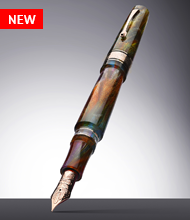
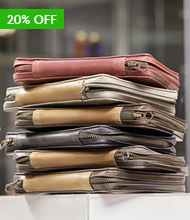
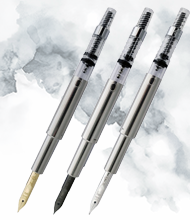
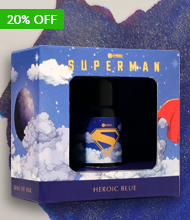
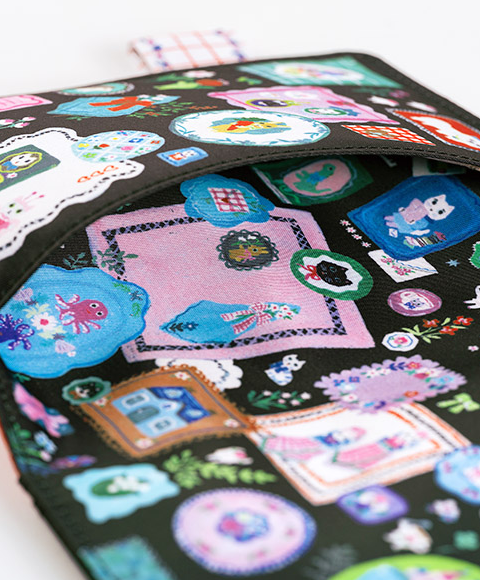
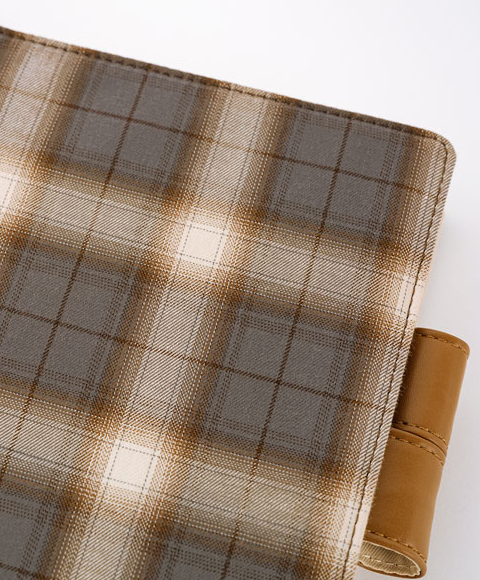
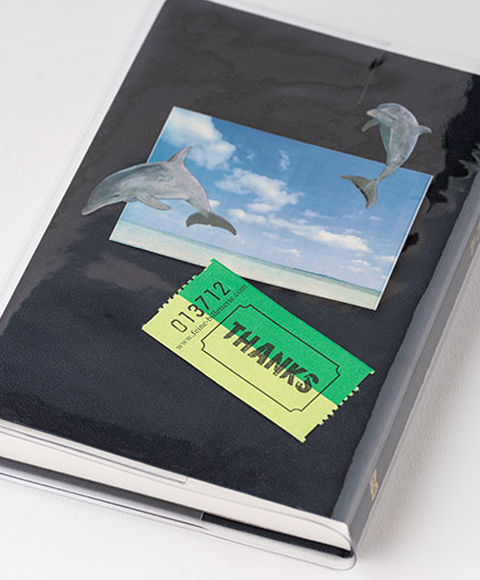
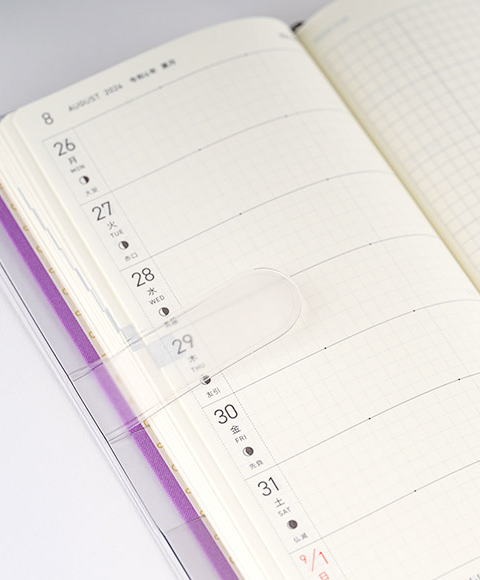
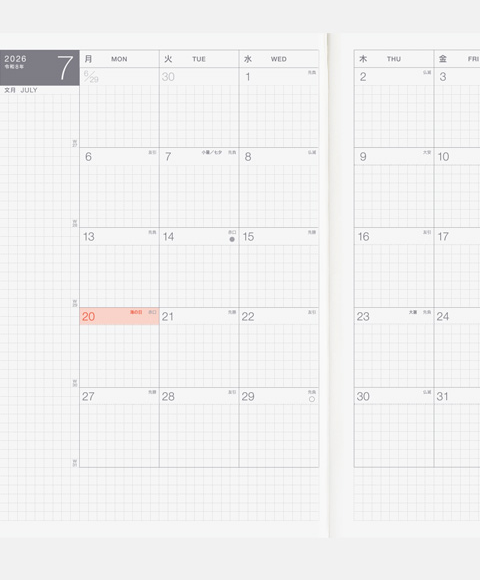
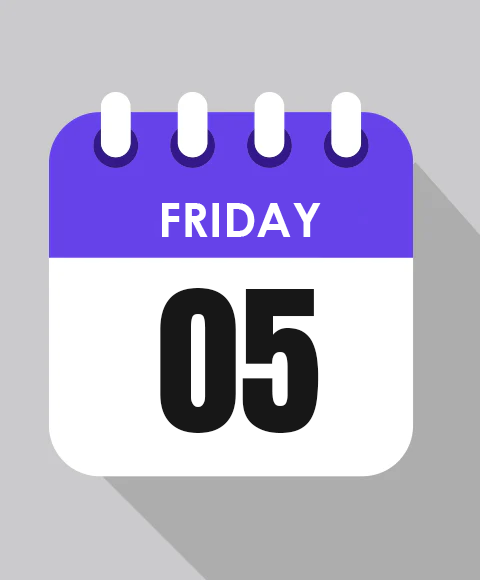
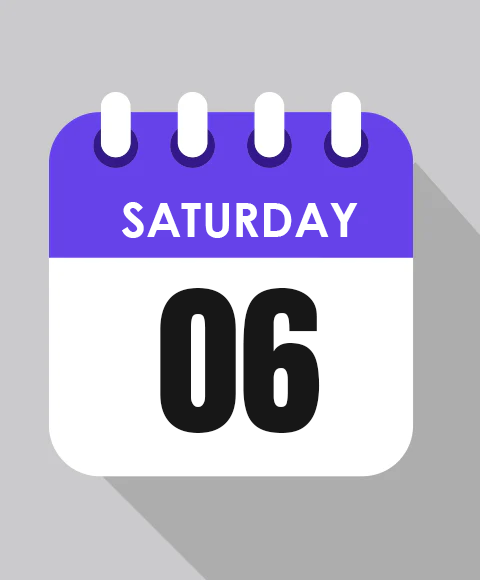
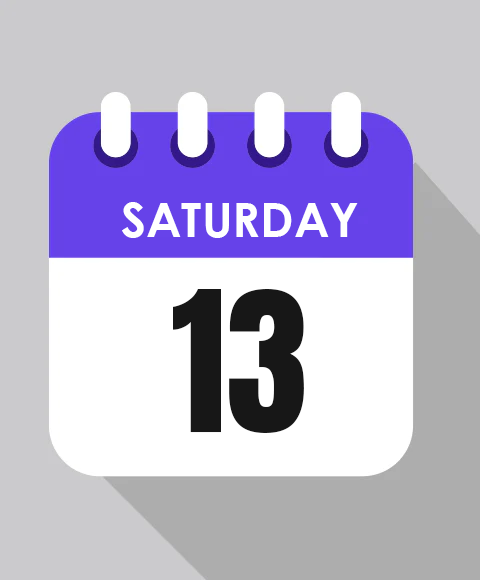
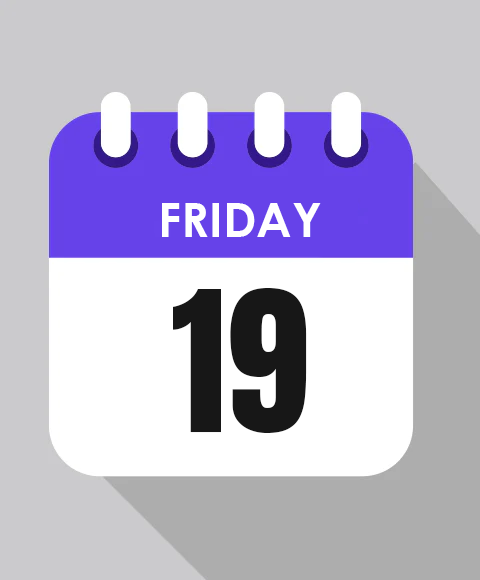
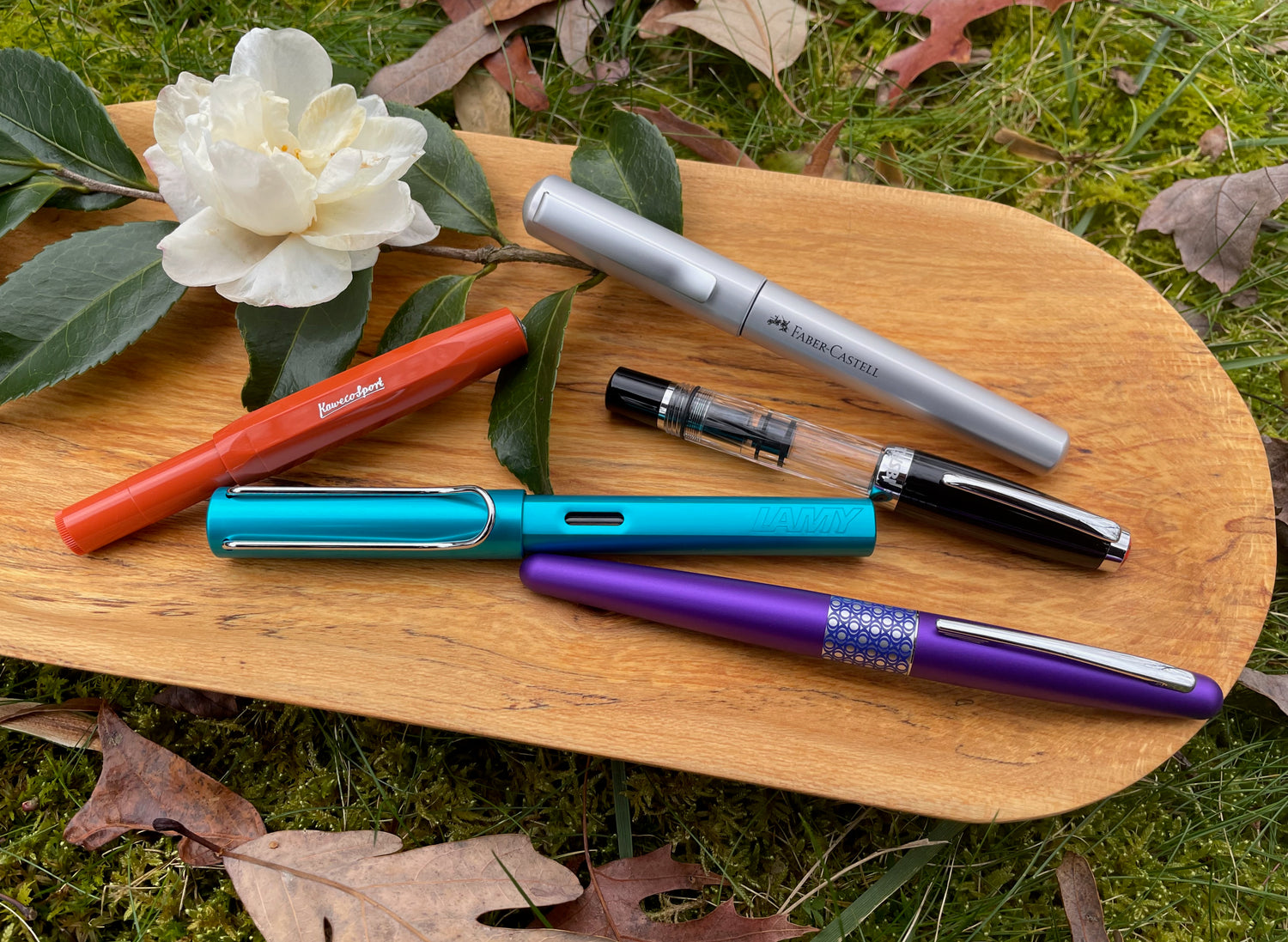



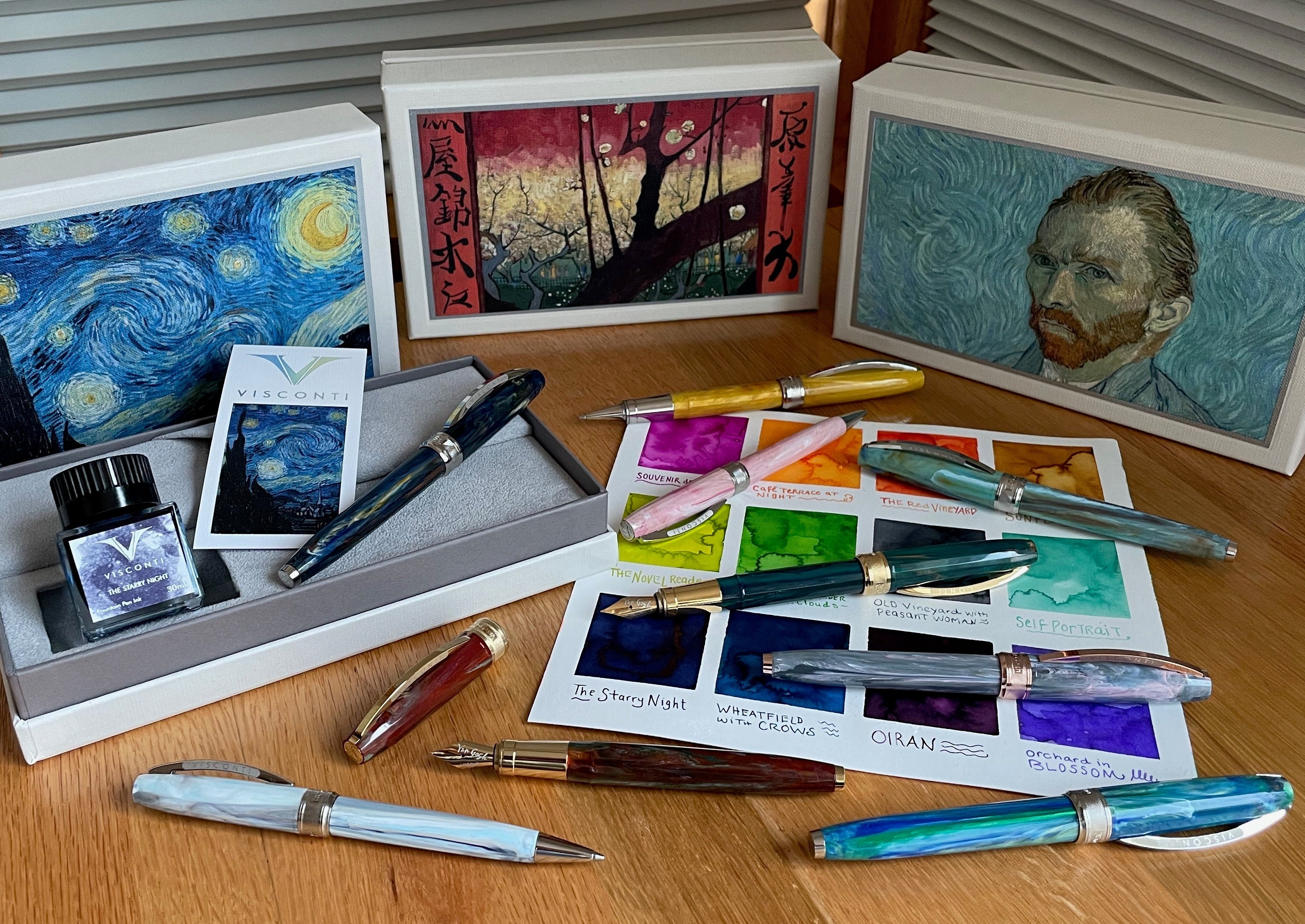
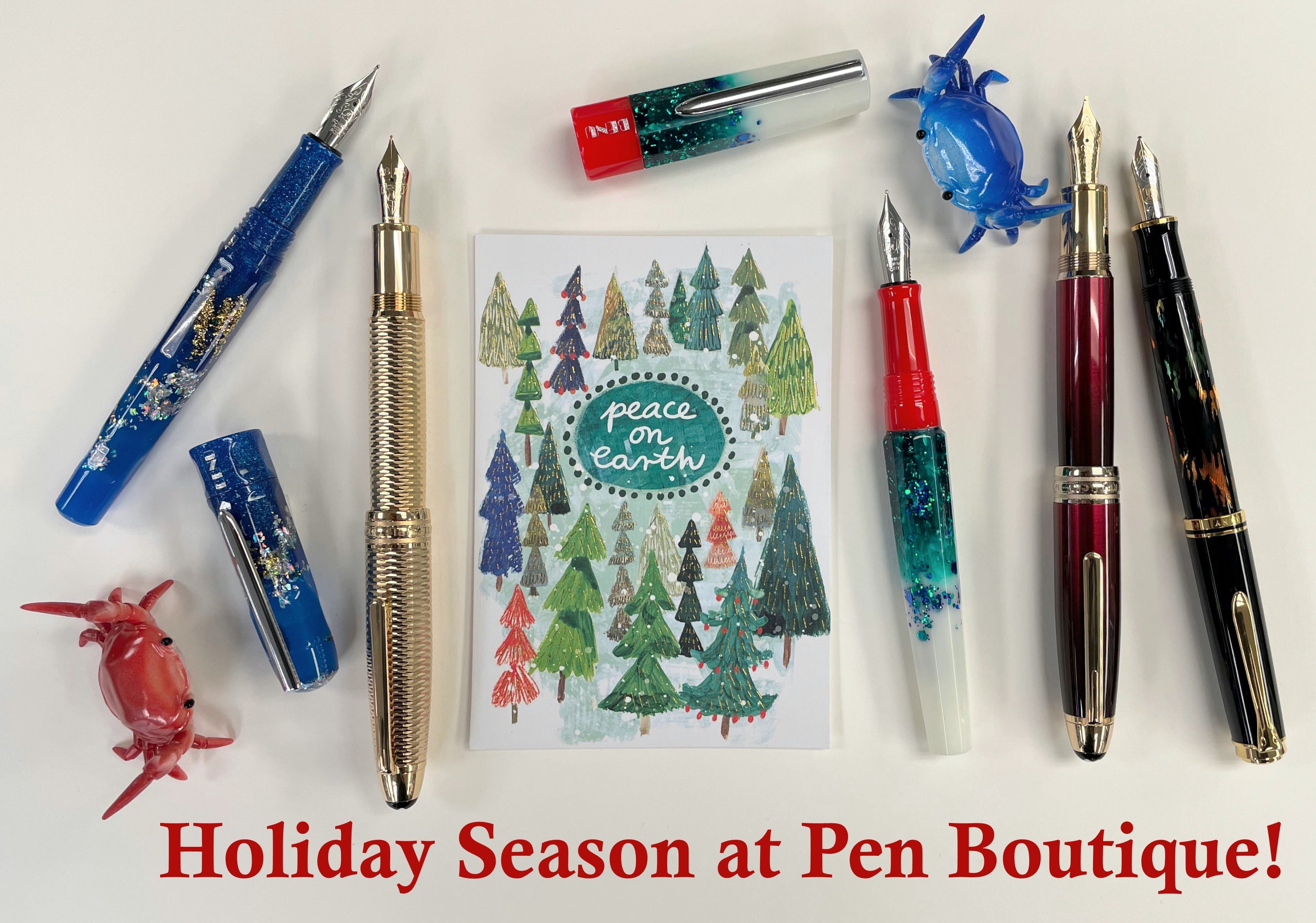

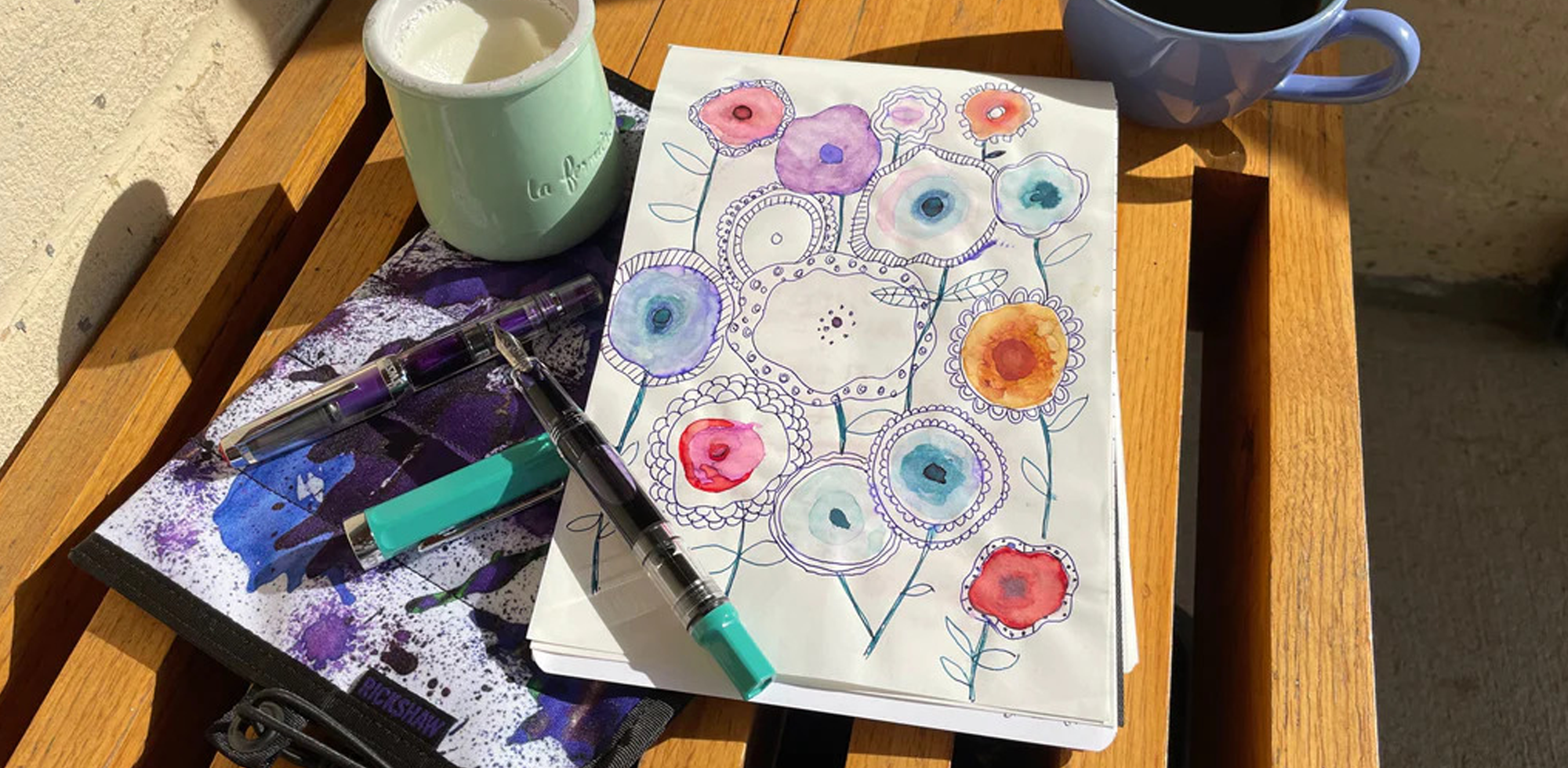
14 comments
BettyCostley
I am interested. Uner$50 sounds great. Now hard to choose. Buying all three eventually may be my limit. I am one of your Texas supporters. Thanks for the blog. I read carefully.. B.
I am interested. Uner$50 sounds great. Now hard to choose. Buying all three eventually may be my limit. I am one of your Texas supporters. Thanks for the blog. I read carefully.. B.
Tobias
Thanks! This is an excellent insightful review. I really like your everyday anecdotes, how other people react to the Hexo for example. This helps a lot!
Thanks! This is an excellent insightful review. I really like your everyday anecdotes, how other people react to the Hexo for example. This helps a lot!
Karen
My 26 year old son told me he is really interested in fountain pens. He is a nurse in ICU with an upcoming birthday. Any suggestions for a pen under 250.00? I would really appreciate the help!
My 26 year old son told me he is really interested in fountain pens. He is a nurse in ICU with an upcoming birthday. Any suggestions for a pen under 250.00? I would really appreciate the help!
Medric
I wanted to find cartridges for my Sheaffer pen that I had in high school fifty years ago . I recently found it in among some other old treasures . Searching the internet I happened upon Pen Boutique and this blog and I was overjoyed . These inexpensive fountain pens you reviewed sound wonderful ! I have to have a couple of them . I never would have known that there are people and pen dealers as passionate about fountain pens if not for my chance discovery of my old pen .
I wanted to find cartridges for my Sheaffer pen that I had in high school fifty years ago . I recently found it in among some other old treasures . Searching the internet I happened upon Pen Boutique and this blog and I was overjoyed . These inexpensive fountain pens you reviewed sound wonderful ! I have to have a couple of them . I never would have known that there are people and pen dealers as passionate about fountain pens if not for my chance discovery of my old pen .
illium13
I really enjoyed your blog. It was very in-depth and I instantly passed it on to a newbie friend of mine. She says it was the most helpful thing she had read so far. That pen case at the end, the purple one is gorgeous! What is it please?
I really enjoyed your blog. It was very in-depth and I instantly passed it on to a newbie friend of mine. She says it was the most helpful thing she had read so far. That pen case at the end, the purple one is gorgeous! What is it please?
James
Laura,
Thank you for the excellent review of what should be some very popular pens. Many people with whom I discuss pens do not realize that one can “join the fountain pen club” without spending a lot. I like the Pilot Metropolitan but made the mistake of getting a fine nib, which writes about like a needle dipped in ink. I suspect that the medium would be excellent. The pen is attractive and well constructed so it is a bargain.
I would add two pens to the under $50 mix and I have used both quite a lit. They are the Cross Bailey Light and the Parker Jotter. The Cross with a fine nib gives just the line I prefer. However, the Parker with a medium nib is perhaps a little too broad for my ideal, but the Cross and Parker are both excellent pens and converters are readily available. Either the Cross or Parker can be fitted with a converter bought separately and still be well under the $50 price. So, there are several nice options for a good pen that doesn’t cost much. Your analysis could also have the title “a beginner’s guide to fountain pens.” Wonderful photos and good stuff!
Laura,
Thank you for the excellent review of what should be some very popular pens. Many people with whom I discuss pens do not realize that one can “join the fountain pen club” without spending a lot. I like the Pilot Metropolitan but made the mistake of getting a fine nib, which writes about like a needle dipped in ink. I suspect that the medium would be excellent. The pen is attractive and well constructed so it is a bargain.
I would add two pens to the under $50 mix and I have used both quite a lit. They are the Cross Bailey Light and the Parker Jotter. The Cross with a fine nib gives just the line I prefer. However, the Parker with a medium nib is perhaps a little too broad for my ideal, but the Cross and Parker are both excellent pens and converters are readily available. Either the Cross or Parker can be fitted with a converter bought separately and still be well under the $50 price. So, there are several nice options for a good pen that doesn’t cost much. Your analysis could also have the title “a beginner’s guide to fountain pens.” Wonderful photos and good stuff!
Venky Ramamoorthy
Greetings, Laura!
I’m a subscriber to the Pen Boutique online store since 2009, having purchased a Pelikan Royal Blue ink-pot / ink-bottle then, and am very curious upon seeing the variety of inexpensive fountain-pens in this blog-post.
My question is with reference to the old style fountain-pens where one directly fills ink into the barrel with an ink-filler / ink-dropper from an ink-bottle, without pressing into the rubber, without the suction-mechanism, and without cartridges.
Are we having any such fountain-pens nowadays?
I’m based in California, and would love to stop by at the Columbia, MD store when in the area next time.
Greetings, Laura!
I’m a subscriber to the Pen Boutique online store since 2009, having purchased a Pelikan Royal Blue ink-pot / ink-bottle then, and am very curious upon seeing the variety of inexpensive fountain-pens in this blog-post.
My question is with reference to the old style fountain-pens where one directly fills ink into the barrel with an ink-filler / ink-dropper from an ink-bottle, without pressing into the rubber, without the suction-mechanism, and without cartridges.
Are we having any such fountain-pens nowadays?
I’m based in California, and would love to stop by at the Columbia, MD store when in the area next time.
Maja
What an excellent article! I think you covered all the bases about the 5 pens chosen — well done, Laura! :)
What an excellent article! I think you covered all the bases about the 5 pens chosen — well done, Laura! :)
NicG
Thank you for the interesting blog post, I have two of the pens you mention here.
I purchased a Pilot Tiger 6 or so years ago when it was on sale for under $10 at another store. It immediately became one of my favorite Fountain pens. It is a very pretty pearlescent white as you say. It is a lovely shape and I find it very comfortable to write with – I have large hands (as in I take a size L glove). It is a reasonable diameter to grip easily and with the cap posted is nicely balanced. It is a very smooth writer and best of all the nib does not dry out easily – I am an infrequent writer, so I like a nib that will write immediately even when unused for a few days,
The other pen that I have is the Lamy AL-star, in my case the Bronze version, which I received as part of this years Fountain Pen day mystery box (which is my Christmas present, so I have only had the pen a week). I was never a fan of the clip Lamy use on the Safari and AL-Star. In the photos the clip looks clunky and makes the pen look like a toy, so I had mixed feelings when I opened the mystery box and found this pen. IRL, the clip is not as obtrusive as it appears in photos and the Bronze barrel is stunning (although the clip still makes it look like a toy pen). I have not used the pen much only having had it a week. So far I have found it very comfortable to write with, the triangular grip is comfortable and easy to hold. The pen I received is an extra fine and the pen came with a set of matching bronze ink cartridges. Like the Pilot, the pen is a decent diameter, making it easy for a large hand to hold. The nib writes smoothly, with none of the scratchiness that an EF nib can have. I still need to spend a bit more time with my Lamy, but first impressions are such that I can see that I may want to acquire my own example of the rather stunning lilac and teal versions pictured in this post.
Thank you for the interesting blog post, I have two of the pens you mention here.
I purchased a Pilot Tiger 6 or so years ago when it was on sale for under $10 at another store. It immediately became one of my favorite Fountain pens. It is a very pretty pearlescent white as you say. It is a lovely shape and I find it very comfortable to write with – I have large hands (as in I take a size L glove). It is a reasonable diameter to grip easily and with the cap posted is nicely balanced. It is a very smooth writer and best of all the nib does not dry out easily – I am an infrequent writer, so I like a nib that will write immediately even when unused for a few days,
The other pen that I have is the Lamy AL-star, in my case the Bronze version, which I received as part of this years Fountain Pen day mystery box (which is my Christmas present, so I have only had the pen a week). I was never a fan of the clip Lamy use on the Safari and AL-Star. In the photos the clip looks clunky and makes the pen look like a toy, so I had mixed feelings when I opened the mystery box and found this pen. IRL, the clip is not as obtrusive as it appears in photos and the Bronze barrel is stunning (although the clip still makes it look like a toy pen). I have not used the pen much only having had it a week. So far I have found it very comfortable to write with, the triangular grip is comfortable and easy to hold. The pen I received is an extra fine and the pen came with a set of matching bronze ink cartridges. Like the Pilot, the pen is a decent diameter, making it easy for a large hand to hold. The nib writes smoothly, with none of the scratchiness that an EF nib can have. I still need to spend a bit more time with my Lamy, but first impressions are such that I can see that I may want to acquire my own example of the rather stunning lilac and teal versions pictured in this post.
Mikele
Thank you for the timely post! A family member during Christmas noticed that others received fountain pens as gifts and was intrigued. They asked for a list of some entry level great pens under $50. You just made it easy for me! I’ll be sending them your way. Happy New Year!
Thank you for the timely post! A family member during Christmas noticed that others received fountain pens as gifts and was intrigued. They asked for a list of some entry level great pens under $50. You just made it easy for me! I’ll be sending them your way. Happy New Year!
Terence GF FLynn
Pilot Metropolitan
I am no way being critical or negative on your blog, as I do enjoy your writings, this one too.
I do understand your blog centered on the $50.00 USD price limit, with the Cocoon being a bit more than $50.00.
I just wanted to point out the differences that I came to read about the fountain pen.
Again nothing negative here, just my humble 3 cent comment.
I may be wrong but does not the Pilot fountain pen come in the following :
Metropolitan
MR and subsets - Retro Pop & Animal
Cocoon
Each of the three are distinguished by the color style of the body and/or bands.
The Metropolitan has a matte to glossy like body color with a kinda glossy band to match the body color
The MR has a kinda glossy body color with contrasting band design, per the subset.
The Cocoon has a kinda silky glossy body color with a matching band color.
The Asian & N/S America fountain pens use a Pilot proprietary ink cartridge and converter.
The European fountain pens use the International cartridge and converter.
Pilot Metropolitan
I am no way being critical or negative on your blog, as I do enjoy your writings, this one too.
I do understand your blog centered on the $50.00 USD price limit, with the Cocoon being a bit more than $50.00.
I just wanted to point out the differences that I came to read about the fountain pen.
Again nothing negative here, just my humble 3 cent comment.
I may be wrong but does not the Pilot fountain pen come in the following :
Metropolitan
MR and subsets - Retro Pop & Animal
Cocoon
Each of the three are distinguished by the color style of the body and/or bands.
The Metropolitan has a matte to glossy like body color with a kinda glossy band to match the body color
The MR has a kinda glossy body color with contrasting band design, per the subset.
The Cocoon has a kinda silky glossy body color with a matching band color.
The Asian & N/S America fountain pens use a Pilot proprietary ink cartridge and converter.
The European fountain pens use the International cartridge and converter.
Meri
Thank you for a great blog. Now I’m tempted by the Pilot. I’m looking forward to future installments!
Thank you for a great blog. Now I’m tempted by the Pilot. I’m looking forward to future installments!
Stan
Say NO to Pilot Metro and get Pilot Explorer instead. That pen can use larger capacity con-70 converter and has a far better grip section.
Say NO to Pilot Metro and get Pilot Explorer instead. That pen can use larger capacity con-70 converter and has a far better grip section.
Ben Kemper
I haven’t read this all yet, but I just wanted to say how much I enjoy your writing. I truly value someone who chooses their words with great care — who pays attention to say just what they mean, not some vague approximation. I’ve been following “For Your Penjoyment,” as well and I’m penjoying it quite a bit!
I haven’t read this all yet, but I just wanted to say how much I enjoy your writing. I truly value someone who chooses their words with great care — who pays attention to say just what they mean, not some vague approximation. I’ve been following “For Your Penjoyment,” as well and I’m penjoying it quite a bit!